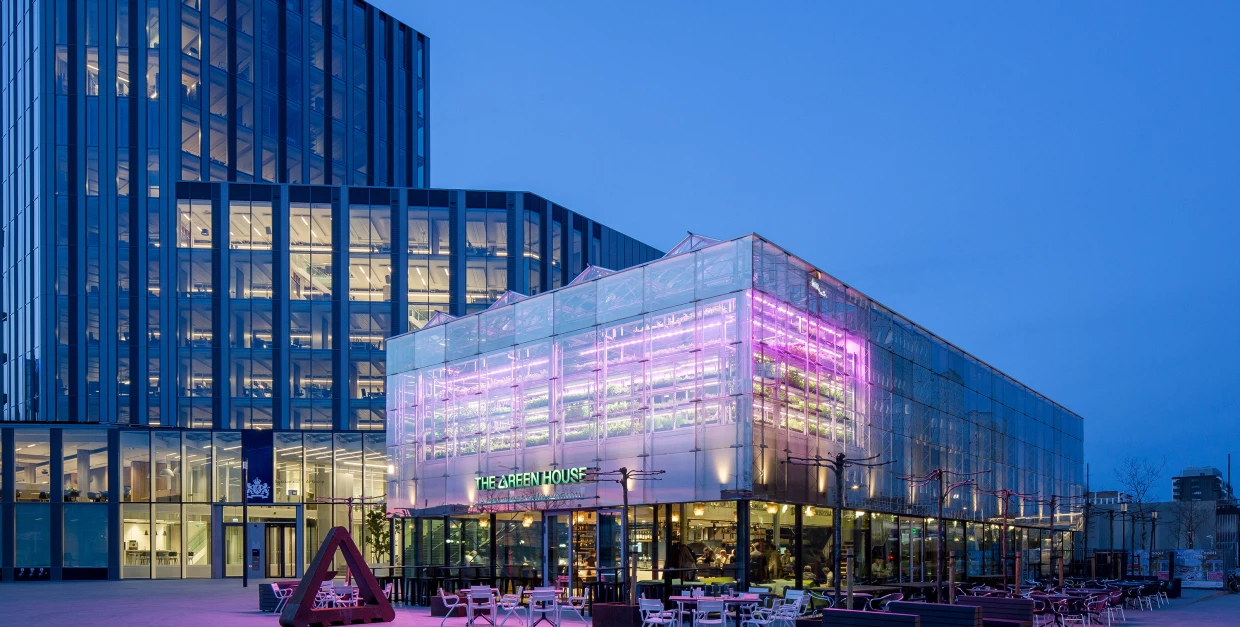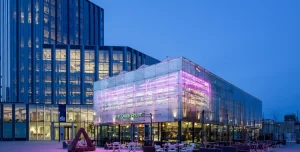

In the quest for sustainability, the built environment plays a pivotal role. Buildings are not just structures; they are integral to our social, economic, and environmental fabric. One of the most impactful strategies we can adopt is designing our built environment for multiple lives in multiple locations. This building circularity concept is gaining traction globally, with the Netherlands leading the way.
At its core, this concept advocates for designing buildings and infrastructure that can be easily repurposed, relocated, or reconfigured to serve different functions over time. This flexibility ensures that structures are not bound to a single use or location, extending their lifespan and reducing the need for new construction.
One of the primary benefits of this approach is the significant reduction in embodied carbon. Embodied carbon refers to the greenhouse gas emissions associated with the production, transportation, and assembly of building materials. By reusing existing structures and materials, we minimise these emissions, contributing to a lower overall carbon footprint.
Designing for adaptability means materials and components are used to their fullest potential. Instead of demolishing buildings and sending waste to landfills, we can repurpose materials, thereby reducing the demand for new resources and the environmental impact of extraction and processing.
Buildings designed for multiple lives can be retrofitted with the latest energy-efficient technologies. This continuous upgrading ensures that buildings remain energy-efficient throughout their lifecycle, reducing operational carbon emissions.
Modular and flexible buildings can contribute to more resilient urban environments. They can adapt to changing market dynamics and lifestyle options, without the need for permanent measures. This adaptability is crucial in responding to densification, economic changes, and evolving urban priorities.
This approach can improve response and recovery from severe climate impacts with quality temporary housing which can be rapidly deployed with low impact. We can speed up our emergency response rate by relocating housing modules from regions which are completing recovery phases to other regions which have just been impacted by disasters. This can underpin essential services, such as modern housing for teachers and medical staff, in regional and remote communities to enhance social and environmental outcomes.
The Netherlands is at the forefront of implementing policies that promote the reuse and adaptability of the built environment.
Dutch policies encourage:
- Circular Construction Practices: Emphasising the reuse of materials and components in new construction projects.
- Design for Disassembly: Mandating that new buildings be designed in a way that allows for easy disassembly and reuse of parts.
- Incentives for Adaptive Reuse; Providing financial incentives and support for projects that aim to repurpose existing structures.
These policies are not just theoretical; they are actively shaping the Dutch built environment. For instance, the transformation of old industrial sites into vibrant mixed-use communities is a testament to the success of these strategies.

Governments should develop and enforce policies that incentivise adaptive reuse and circular construction practices.
Professionals in the construction industry need education and training on the benefits and techniques of designing adaptable buildings.
Engaging communities in the planning process ensures that buildings meet the evolving needs of the population.
Architects and designers should innovate to create flexible, modular buildings that can easily transition between different uses and locations.
Designing our built environment for multiple lives in multiple locations offers a sustainable pathway to reducing the carbon footprint of construction and operation. By following the example set by the Netherlands and other forward-thinking regions, we can create resilient, adaptive, and low-carbon urban landscapes that serve the needs of today while preserving resources for future generations.
Let’s build a future where our structures are as dynamic and adaptable as the lives they house.
Reach out to us to learn more about our carbon consultancy services.